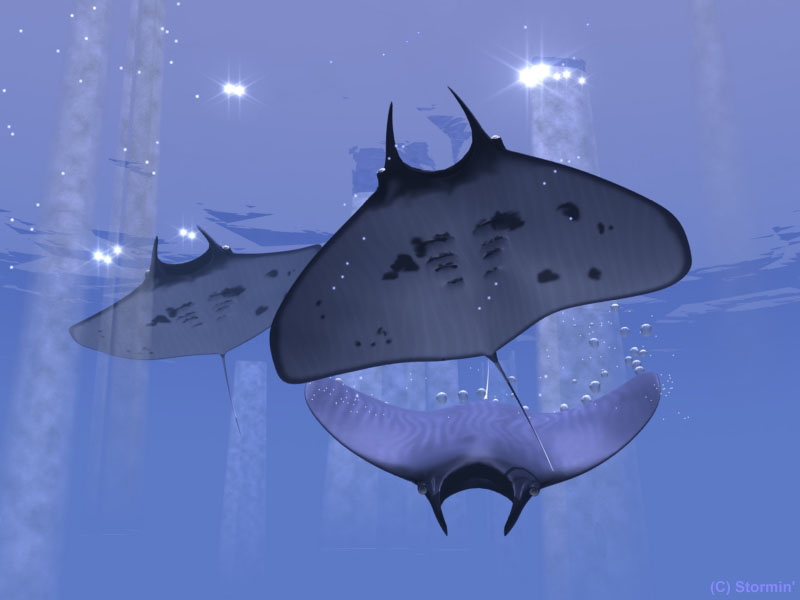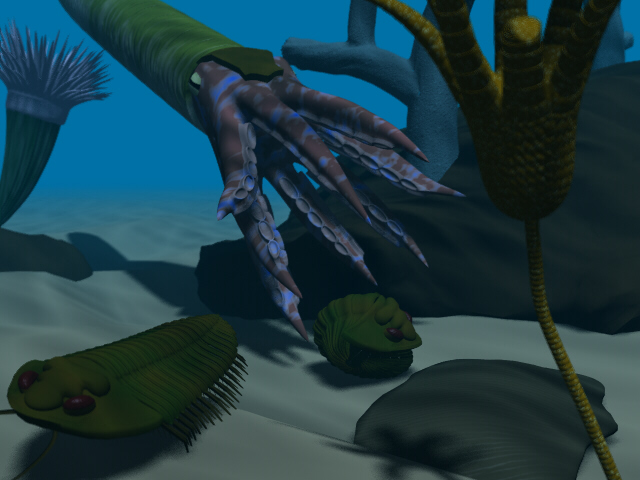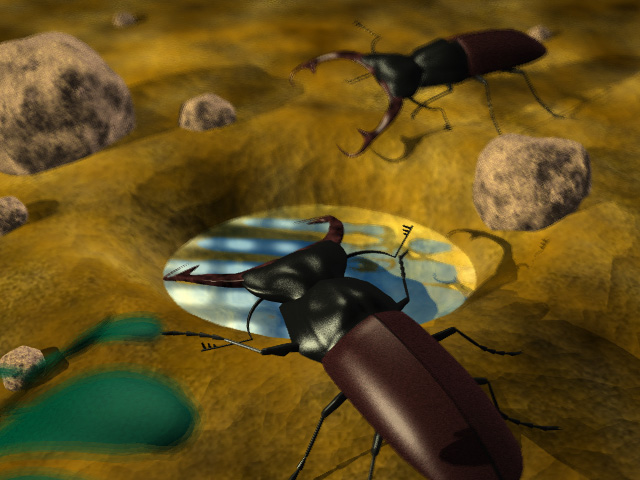 |
This web site
created and maintained by Event Horizon Studios Unless otherwise noted, everything on this website is: Copyright © Event Horizon Studios, all rights reserved. |



Event Horizon Studios
 |
This web site
created and maintained by Event Horizon Studios Unless otherwise noted, everything on this website is: Copyright © Event Horizon Studios, all rights reserved. |